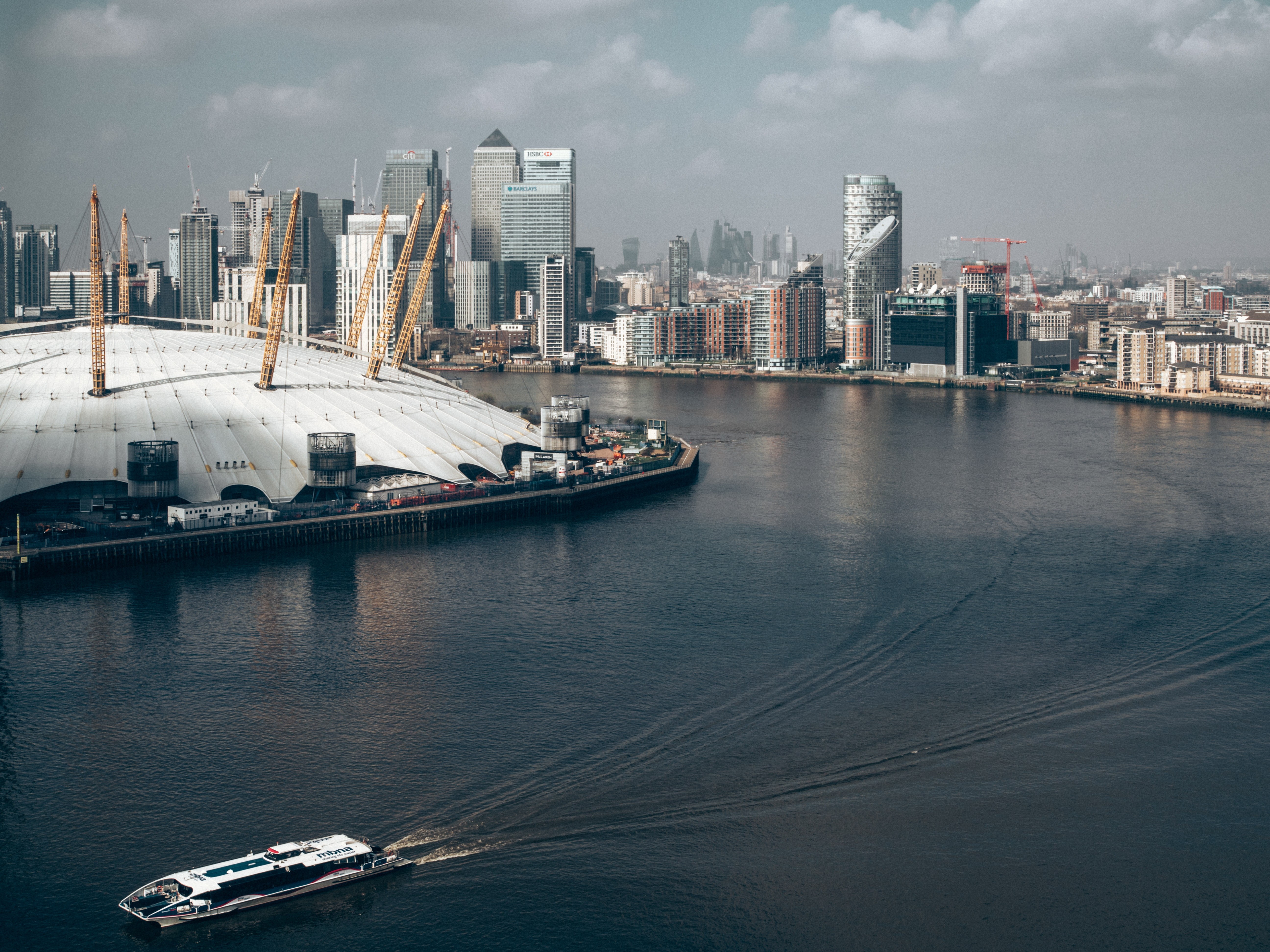
Insight
An Innovative trip to East London
Earlier this year I was asked to present a short workshop on grants and R&D in East London for some new tech firms starting their journey. The venue was close by the Royal Albert Docklands Light Railway (DLR) station in Newham.
I arrived at the station early. The sun was shining – a beautiful January day. The runway of London City Airport stretched in front of me, fully visible. I watched jet planes taking off and landing in that small space. It got me wondering about the engineers who had to reclaim the land all those years ago. How did they make it work as an airport? What did they have to do to overcome the many hurdles that led to this airport being able to function?
After my presentation to the new tech firms, I strolled back towards the DLR. A jet landed at the airport and a klaxon sounded. Traffic stopped. Barriers came down and in a minute a large road bridge over the water swung open on a pivot. Majestic, silent and smooth. So many questions. Who looked at the original problem of the bridge over the water? Why did they opt for the pivot mechanism? How did they plan its construction and what other issues did they have to overcome?
Going back to Bank, the train was virtually empty. I sat at the front where the driver (if it had one) would have operated the service. There was no driver. I was filled with a sense of awe as I tried to imagine the teams of architects, software engineers, manufacturers and planners that came up with this rail journey through East London. How did they test, design, wire, and look at the safety and speed of this system?
I passed the O2 Arena built for the Millennium celebrations, looking up at high rise buildings under construction in small spaces, up at the chair lift straddling the Thames, and admired Canary Wharf. All glorious innovation from the (not too distant) past.
A final part of the journey took me by the regal Old Custom House building. I don’t know who runs it now or its function. But there was a banner on the building. It declared something that every one of the new businesses I presented to that morning should take note of. And it reminded me about past innovation in this part of London.
It read: “If you think you can, you can.” They did.

